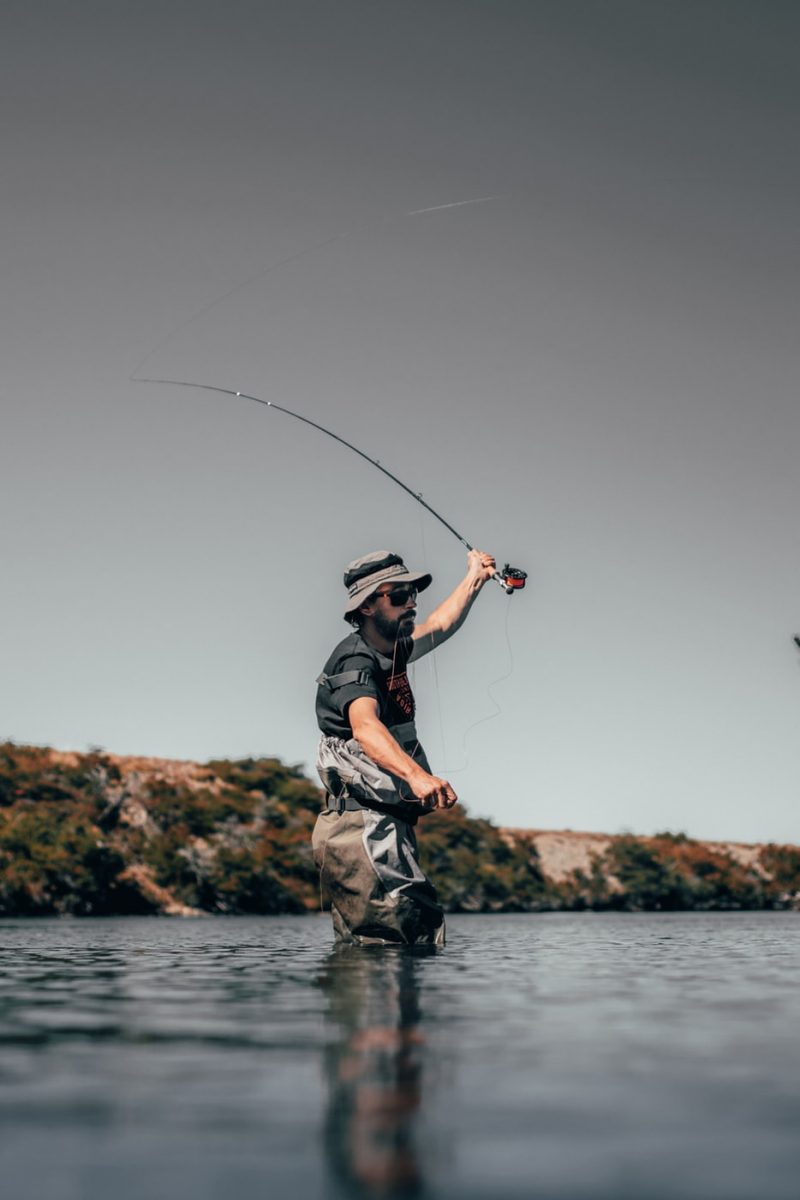The wait is over, winter is gone and with spring comes a chance to enjoy some early season quality fishing. As spring can be quite unpredictable, you will need the right gear for this. Find more info here about equipment and gadgets that might be useful on your spring fishing. During this season, some days the fish will bite while others it might not. Here are some tips we feel will help you out.
Contents
Locating Fish in Lakes and Ponds
During the cold season, late winter and early spring, fish of all species generally tend to linger in
By estimating or measuring the water temperature, a fisherman can come to the closest guess as to where the fish will be staying at the lake or pond in question. Therefore, it is not uncommon to carry a thermometer with you to accurately determine the water temperature near the coast.
Use the Wind
Always fish downwind, meaning on the shore of the lake or pond from which the wind blows, or on that part of the shore that is shielded from the wind. For example, if the wind is blowing northwest, fish from the northwest shore of the lake/pond. This tactic has two basic advantages. The first is that the fisherman will generally be shielded from the wind or at least a blow in the back. This positioning allows for more comfortable fishing because you will be much less exposed to the cold early spring wind.
Secondly, as the wind blows over the water surface, it causes two effects: in addition to making the surface layer itself move towards the opposite shore, that layer also cools to a considerable extent. As a result of these impacts, the water pushed will be stirred and cooled, which will directly result in fish most likely leaving the area.
Locating fish in Rivers
In many ways locating and catching fish during early spring on rivers can be a far easier task
Because of this, it is recommended that you search for and fish in deeper river parts: holes, outer curves, bays, creeks around dams. River fish, which constantly have to consume energy to swim against the water current, go in the deep parts of the river which provides the conditions for energy conservation and thus slows down their metabolism. This fact is very important for fishermen because it is for this reason (energy consumption) that the fish must feed more intensively and more often than its relatives from lakes during the colder months.
Preparing the Food for the Fish
Once we have determined the closest location of the fish, we need to figure out how to catch it. For this, we need to use some food and place it in the desired fishing space. The water temperature is much lower during spring than in summer, so a slightly more sophisticated approach is required. First, because the fish’s appetite is significantly diminished – it needs much less food, so the nutritional value of the food must be reduced.
You can use larger granulation foods that are dry before being mixed, put it in a coffee grinder to be extra minced. The result of this process is to obtain powdered foods of extremely fine granulation, which, after mixing with water and placing the feeder in a stream of water, will not be able to satiate the fish quickly and this will make it stick around.
